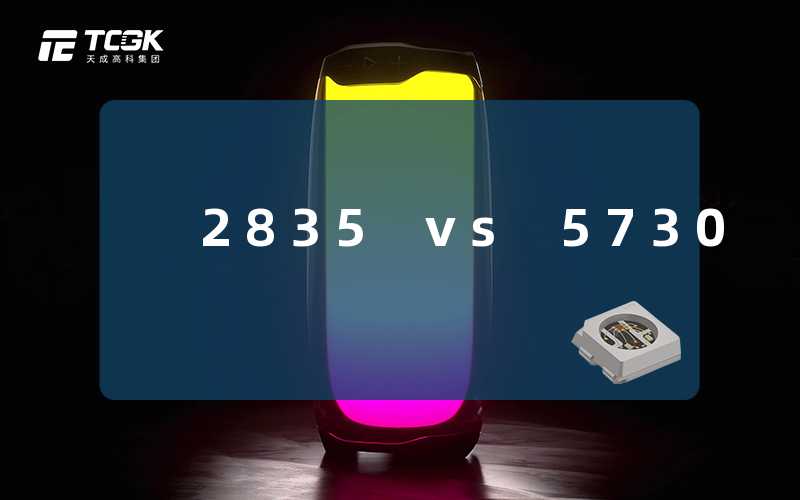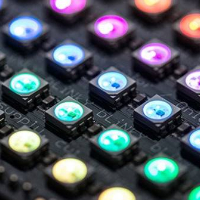Comparison of 2835 and 5730 LED Chips
Size:

- 2835: 2.8mm x 3.5mm
- 5730: 5.7mm x 3.0mm
Power:
- 2835: Typically 0.2-0.5W per chip
- 5730: Typically 0.5-1W per chip
Brightness:
- 2835: Lower brightness than 5730
- 5730: Higher brightness than 2835
Efficiency:
- 2835: More efficient than 5730
- 5730: Less efficient than 2835
Color Temperature:
- 2835 and 5730 are available in a wide range of color temperatures, from warm white to cool white.
Applications:
- 2835: Suitable for applications requiring low power and high efficiency, such as backlighting, decorative lighting, and accent lighting.
- 5730: Suitable for applications requiring higher brightness, such as floodlights, streetlights, and commercial lighting.
Advantages of 2835:
- Smaller size allows for higher density placement
- More efficient, resulting in lower energy consumption
- Longer lifespan than 5730
Advantages of 5730:
- Higher brightness
- Lower cost than 2835
- Available in a wider range of power ratings
Conclusion:
The choice between 2835 and 5730 LED chips depends on the specific application requirements. If size, efficiency, and longevity are prioritized, then 2835 is a suitable option. If brightness is a primary concern, then 5730 is a better choice.
 TCGK-tcwin
灯珠Q&A
发布时间:2024-03-19 14:00:17
浏览量:771
TCGK-tcwin
灯珠Q&A
发布时间:2024-03-19 14:00:17
浏览量:771 TCGK-tcwin
灯珠Q&A
发布时间:2024-03-19 14:00:17
浏览量:771
TCGK-tcwin
灯珠Q&A
发布时间:2024-03-19 14:00:17
浏览量:771